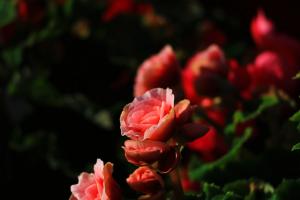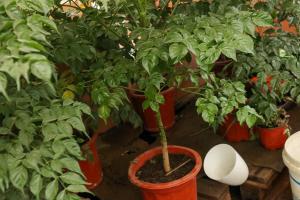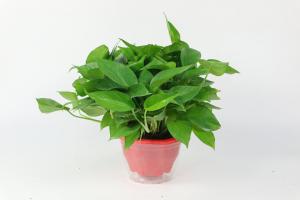Choosing the Perfect Spot for Your Black Eyed Susans
Introduction
Black Eyed Susans are beautiful, bright yellow flowers that are easy to grow and maintain. These flowers are perfect for adding a pop of color to any garden, but it's important to choose the right spot to plant them. In this article, we will discuss where to plant Black Eyed Susans and what conditions they thrive in.
Sunlight
Black Eyed Susans thrive in full sunlight, so it's important to choose a spot that gets at least six hours of sunlight per day. In fact, the more sunlight they get, the better they will grow and bloom. If you don't have a spot that gets enough sunlight, you may need to consider planting them in a container that can be moved around to follow the sun.
Soil
Black Eyed Susans prefer well-draining soil that is slightly acidic. They do not like wet soil and will not thrive in excessively moist conditions. It's best to plant them in soil that has been amended with compost or other organic matter to improve drainage and provide nutrients.
Watering
Once established, Black Eyed Susans are relatively drought-tolerant and do not require a lot of water. In fact, overwatering can be harmful to these plants and may cause them to rot. It's best to water them deeply once a week and allow the soil to dry out slightly between waterings.
Companions
Black Eyed Susans are great companion plants and can be planted alongside other annuals or perennials such as coneflowers, salvias, and phlox. These plants have similar growing requirements and will complement each other in the garden.
Spacing
When planting Black Eyed Susans, it's important to give them enough space to grow and spread. They can grow up to three feet tall and two feet wide, so it's best to space them at least 18 inches apart. This will allow them to grow and fill out without overcrowding each other.
Care
Black Eyed Susans are easy to care for and require minimal maintenance. Deadheading spent blooms will encourage more blooms to form, and cutting back the plants in the fall will help them stay healthy and prepare for winter. In addition, fertilizing them once a month during the growing season will help them stay healthy and bloom profusely.
Conclusion
By choosing the right spot to plant your Black Eyed Susans, you can ensure they will thrive and bloom beautifully. Remember to give them plenty of sunlight, well-draining soil, and moderate watering, and they will reward you with stunning blooms all summer long. Happy planting!

 how many times do yo...
how many times do yo... how many planted tre...
how many planted tre... how many pine trees ...
how many pine trees ... how many pecan trees...
how many pecan trees... how many plants comp...
how many plants comp... how many plants can ...
how many plants can ... how many plants and ...
how many plants and ... how many pepper plan...
how many pepper plan...

































